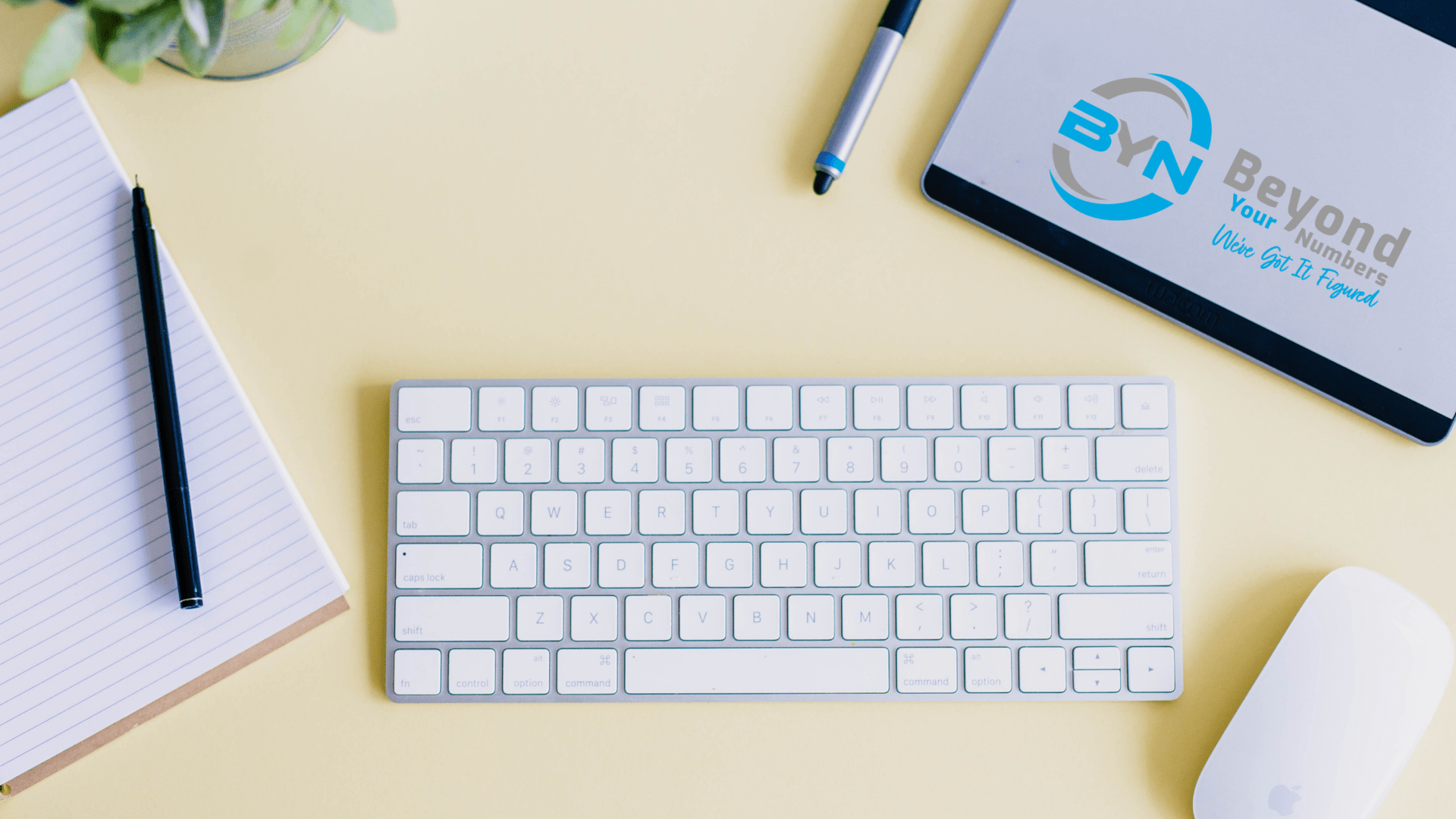Knowing your numbers is vital to business success. The Balance Sheet is arguably the most important report, as it measures whether your business's worth is increasing or decreasing. It illustrates the overall financial health of your business; whether it is funded appropriately, if there’s enough cash to pay the bills, and what the owners would have left if it was wound up tomorrow.
Profitable businesses can, and do, go broke if they have a weak Balance Sheet.
Three common scenarios:
1. Growing sales without an efficient billing or collection system.
This can result in a situation where you don’t have enough cash to pay your bills.
2. Borrowing too much money to finance the business.
If there is a downturn in sales, you could have a situation where you can no longer service your interest and principal repayments (even though you’re still making a profit).
3. Taking too much out of the business.
It could be as simple as earning a profit but not leaving enough to pay for tax and asset replacements.
Some critical things to understand:
1. Do you have enough working capital?
Calculate working capital by taking your current assets (e.g. debtors, stock, and cash) less your current liabilities (creditors, taxes, and loans due within one year). If the number is negative, you’ll experience cashflow strain and weaken your business.
2. How long is it taking to collect your debtors?
Calculate this by dividing your debtors into your total sales for the year, then multiply the answer by 365. This tells you how many days it is taking you to collect your debtors. The lower the number the better. Compare your debtor days to your normal trading terms on your invoices.
3. How many times are you turning over / replacing your stock each year?
Divide total sales by closing stock. You can do the same calculation on individual stock items by taking the sales for that item divided by the stock level of the same item. The higher the number the better, as you are converting that stock into cash more efficiently.
4. Is your shareholder current account an asset or a liability to the company?
If it’s an asset, this means you owe the company money, which is bad news!
5. What return are you getting on the assets you’ve invested in?
Net profit divided by the value of total assets gives your % return. This percentage can be compared to likely returns from other investments to determine how well your business is performing.
The list goes on and will depend on your type of business. Having real time data for your reports will make your financial health diagnosis more relevant than relying on your last set of annual financial statements.
Some of the calculations above are simplified to reinforce the message (instead of getting into complex 'Accountanese'). Talk to us about how strong your Balance Sheet is and how we can work together to make it stronger.
Contact Leah to book your free first 1 hour consultation to find out more about how we can help you today.



